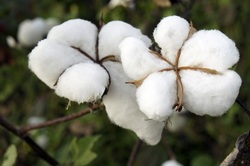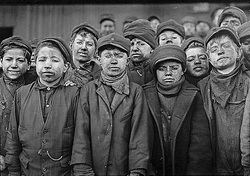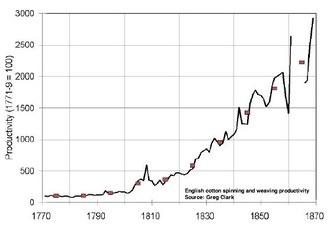Impact of the Industrial Revolution

The textile industry depended on the world's natural resources for power. The Industrial revolution impacted society a great amount because it enhanced many small mechanical things to be more efficient. Before the Industrial Revolution people were crafting small mechanical items in their homes or small shops. After and during the revolution they didn't have to make their own mechanical devices, they could buy them, or have a manufacturer make them for them. During the Industrial Revolution, steam powered engines were built more efficient for the Earth and for humanity. Factory owners become wealthier from the high selling products made form their factories. The impact of the Industrial Revolution on society was that dirty living and long woking hours and child labor increased. Industrialization led to the creation of the factory which impacted our lives today because without factories we wouldn't be able to mass produce products and send them all over the world.
The Textile Industry grew during the Industrial Revolution because the demand for cloth grew, which meant that the merchants had to compete with others for the right supplies to make the cloths. Thus raising a problem for consumers because the prices of cloth kept going up. The solution to this dilema was to create machines because they were cheaper than making goods by hand.
The Textile Industry grew during the Industrial Revolution because the demand for cloth grew, which meant that the merchants had to compete with others for the right supplies to make the cloths. Thus raising a problem for consumers because the prices of cloth kept going up. The solution to this dilema was to create machines because they were cheaper than making goods by hand.
Child Labor during the Industrial Revolution

Child labor was so bad during the Industrial Revolution because there were more jobs to be done in factories, steam engines, mining places, and practically everywhere else that there was things being manufactured.

The graph at left shows the increase of English cotton spinning and weaving productivity throughout the years of the Industrial revolution.
